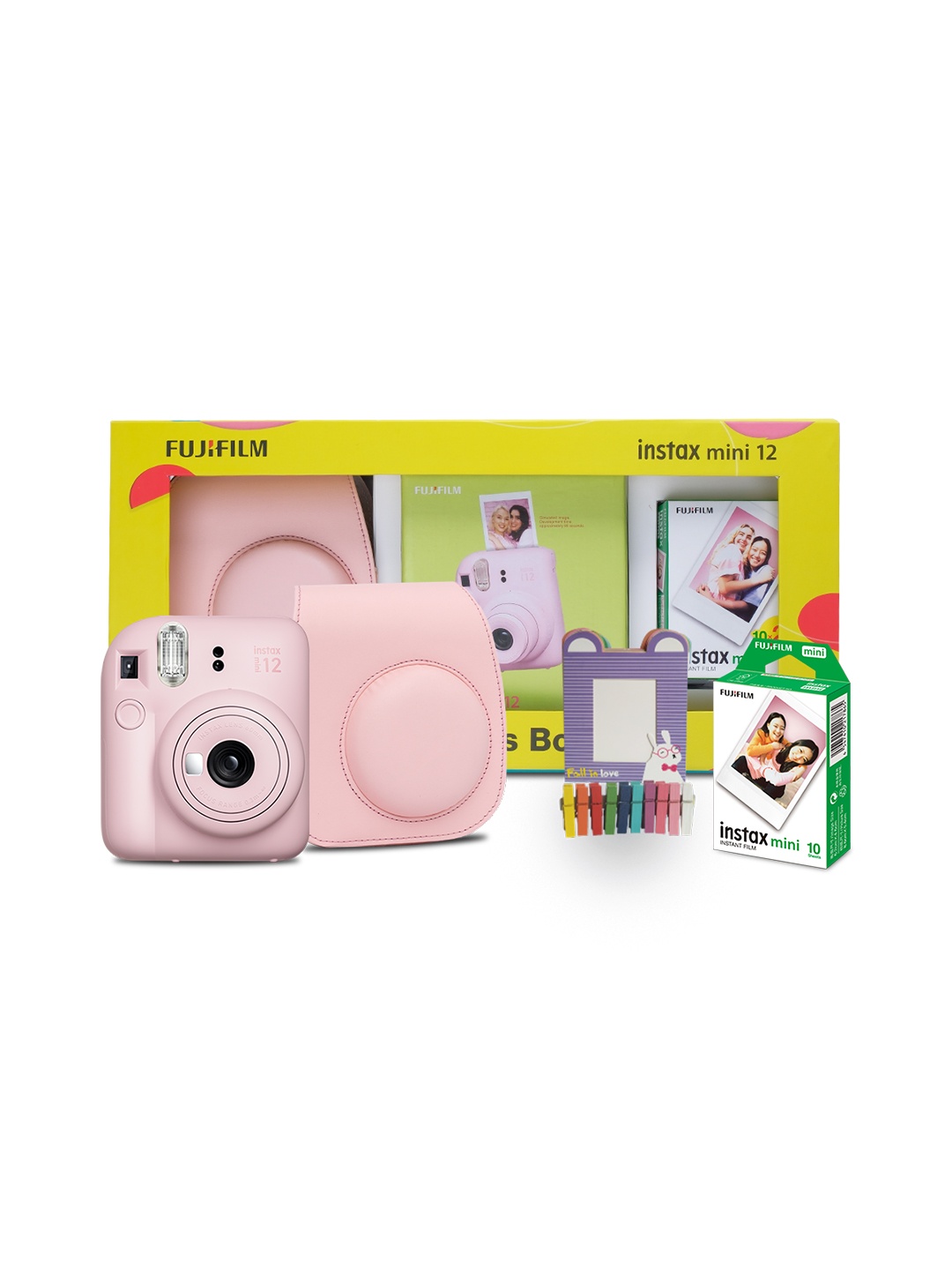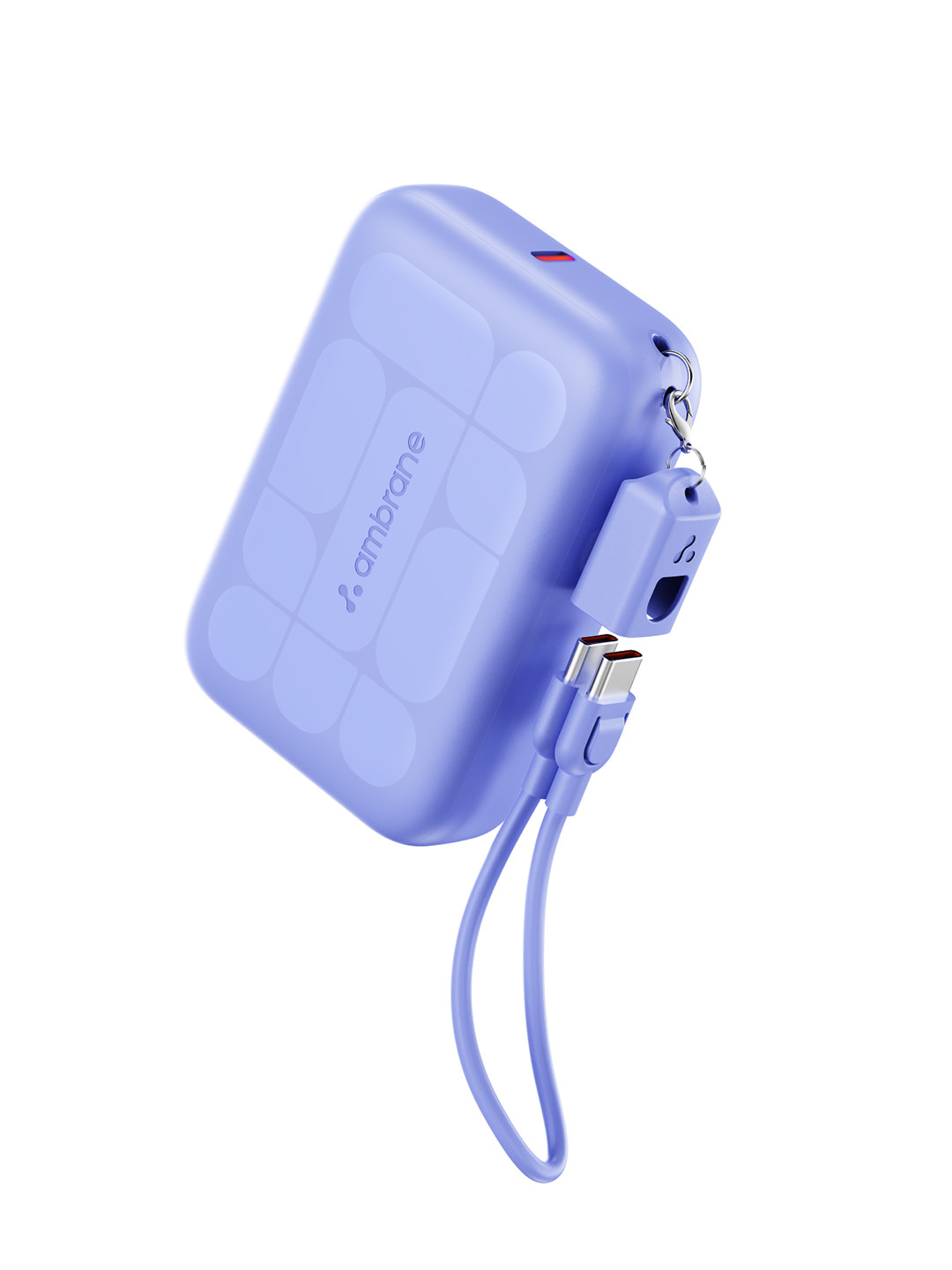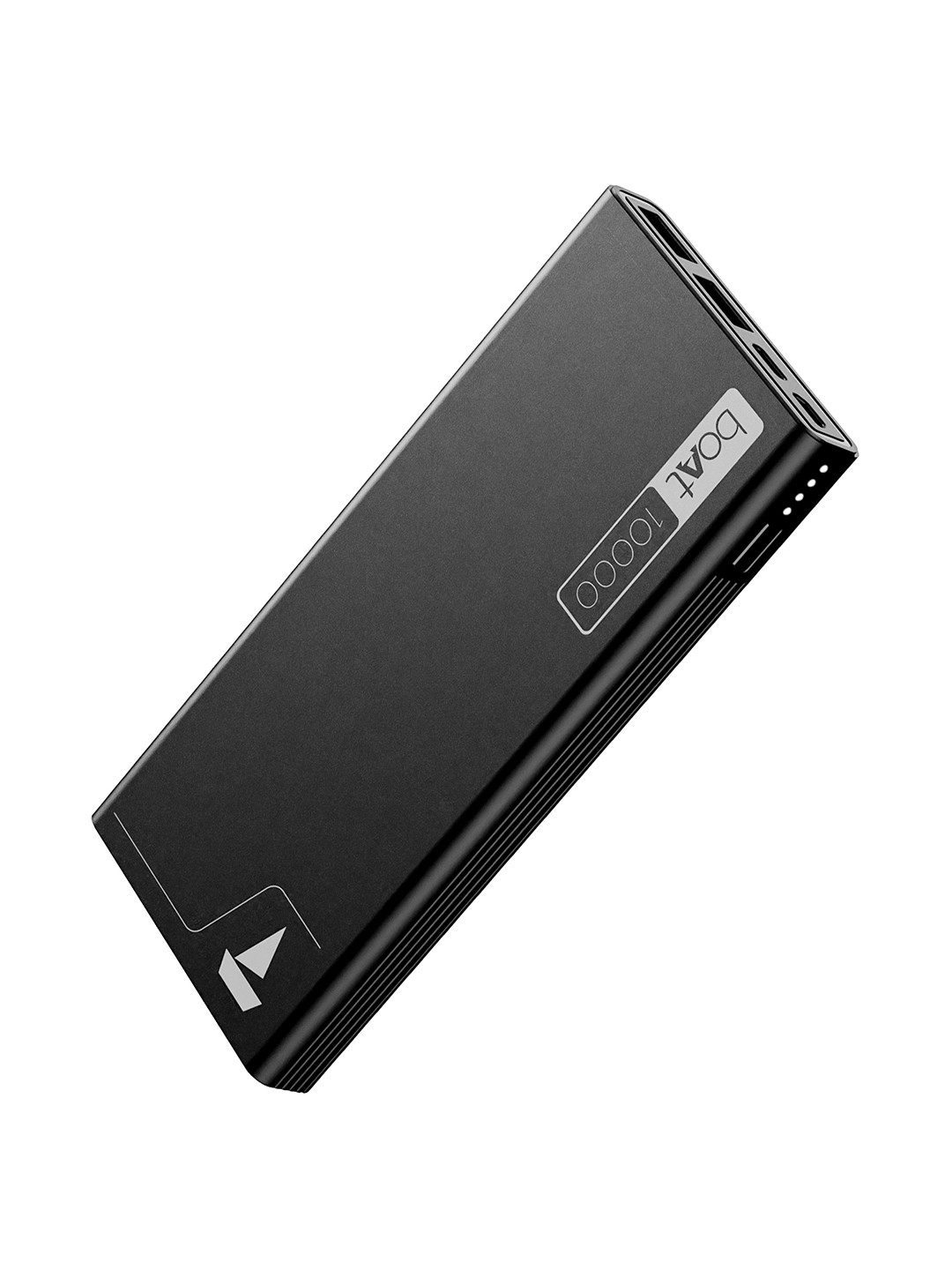Indoor Photography Tip: The Simple Setting That Makes Colours Pop
Sometimes the difference between a dull photo and one that makes you pause is not a fancy camera or an expensive lens. Know why this simple indoor photography tip is so powerful and how to use it to make your photos glow without spending a rupee more on gear.

Every Photographer Needs to Know This Simple Indoor Photography Tip.
Walk into any home on a lazy Sunday afternoon, and you'll find the same scene: a child sprawled on the sofa with a book, the dog chasing its tail near the balcony, and someone in the kitchen debating if the masala needs more salt. It's everyday life, real, beautiful, and full of moments worth capturing. Yet, when the phone camera clicks, something feels off. The light seems flat, the colours muted, and the warmth of that moment simply doesn't make it into the picture.
The truth is, indoor photography has one great nemesis: poor lighting. And while there are many tricks to fix it, one setting stands out as a game-changer: adjusting your White Balance (WB). A simple tweak here can make your indoor photos sing with warmth, depth, and clarity, no matter the time of day or the size of your living room.
Let's break down why this simple indoor photography tip is so powerful and how to use it to make your photos glow without spending a rupee more on gear.

This Simple Indoor Photography Tip Will Instantly Make Colours Pop; Photo Credit: Pexels
1. The Secret Sauce Behind Natural-Looking Photos
White balance is essentially your camera's way of guessing what 'white' looks like under different light sources. Indoors, lighting can be tricky, tube lights, LEDs, and warm-yellow bulbs all cast different tones. A room lit with warm incandescent light can make photos look overly yellow, while fluorescent lights can give a greenish tint. Adjusting white balance corrects these shifts, restoring natural colours so skin tones look alive, food looks appetising, and walls don't resemble a cheap colour filter.
Think of it like seasoning food. A little too much salt and everything tastes harsh; too little and it feels bland. White balance seasons your photograph just right.
2. Why Auto White Balance Often Lets You Down
The default Auto White Balance (AWB) is like a guesswork chef, sometimes it nails the flavour, sometimes it serves a watery curry. In mixed lighting situations (say, daylight from the window plus the warm light of a table lamp), AWB can't decide which to prioritise, leaving your photo looking mismatched. That's why a perfectly cooked plate of paneer butter masala might look dull, with reds turning into lifeless browns.
Manually setting the white balance gives you control. It's like telling the chef, 'Add a pinch more chilli, please.' Suddenly, the colours match what your eyes see.
3. The Magic of Warmth in Indoor Portraits
There's something deeply comforting about indoor portraits that glow with warm tones, they feel intimate and inviting. Without adjusting white balance, faces may appear pale or oddly tinted, stealing the emotional pull of the image. Shift your setting towards 'Tungsten' or 'Incandescent' when under warm bulbs, and skin tones will instantly become more natural.
This works wonders during family gatherings. Imagine clicking a shot of grandparents with grandkids on Diwali evening, diyas flickering in the background. Adjust the WB and you get golden warmth, exactly how it felt in the moment, not the cold bluish haze your camera might otherwise give.
4. Food Photography That Pops
Every home has a self-appointed food photographer, the person who won't let anyone touch the jalebi until they've taken 'just one perfect shot.' Indoor food photography can be unforgiving because artificial light often changes the way colours look. That gorgeous green chutney might look greyish, and your poha might lose its sunny vibrance.
Adjusting WB to match your light source fixes this instantly. Shooting near the kitchen window? Switch to 'Daylight.' Under yellow bulbs? Go for 'Tungsten.' The payoff? Dishes look as rich and mouth-watering on screen as they do on the plate.
5. Making Small Rooms Feel Bigger
Here's a sneaky trick: adjusting white balance can actually change the perceived space in your photos. Cooler tones tend to make a room look more airy and spacious, while warmer tones can make it feel cosy and intimate. If you're photographing your bedroom for a décor blog or listing your flat for rent, experiment with WB to get the right mood.
A cramped study can suddenly feel like a calm workspace with cooler daylight tones, while the dining room can radiate warmth with a touch of yellow. No renovation bills, just clever use of settings.
Also Read: Top 5 Smartphones With Stunning Cameras For Creating Instagram Reels
6. Handling Multiple Light Sources
Indoor lighting rarely comes from just one type of bulb. A living room might have a mix of warm ceiling lights and cool daylight spilling in from a window. This can confuse both the camera and the viewer, the photo ends up with half the frame looking blue, the other half yellow.
By manually setting WB to favour the dominant light source, you create harmony. Alternatively, you can get creative, keep the mix for an artsy, cinematic effect. The important thing is to make a deliberate choice, not leave it to chance.

One Setting That Makes Indoor Photography Instantly Better; Photo Credit: Pexels
7. Saving Time in Post-Editing
Yes, white balance can be fixed during editing. But doing it while shooting is far more efficient. Adjusting WB in-camera means less time fiddling with sliders later. It also ensures that you have an accurate base image, so any creative editing starts from a clean slate.
For those who shoot on phones, adjusting WB before clicking avoids the frustration of discovering later that all 40 pictures from your cousin's birthday party have a strange colour cast that no filter can fully fix.
8. Adapting to Festival Lights
Homes during festive seasons are full of decorative lights, fairy strings, lanterns, diyas, candles, LED strips. Each has its colour temperature, often creating a beautiful but chaotic mix. Auto settings usually turn this into a blur of unpredictable shades.
By controlling WB, you can decide whether to preserve the warm glow of diyas or enhance the crisp sparkle of fairy lights. It's the difference between a picture that feels like a memory and one that feels like a random wallpaper download.
9. The Role of White Balance in Storytelling
Photography isn't just about accuracy; it's about feeling. White balance lets you nudge a photo towards a mood. Want to evoke a cool, quiet morning? Lean towards bluer tones. Want to capture the lazy comfort of a Sunday afternoon chai session? Tilt towards warmth.
This is why wedding photographers obsess over WB, the same moment can feel timeless and elegant or raw and intimate, depending on the colour temperature.
10. How to Experiment Without Fear
The best part? Adjusting WB costs nothing and is reversible. Most cameras and even phone apps have easy presets, Daylight, Cloudy, Shade, Tungsten, Fluorescent, along with a slider to fine-tune. Try clicking the same scene with different settings and compare. A balcony breakfast might feel completely different in cool daylight tones versus warm indoor light.
The more you experiment, the more instinctively you'll reach for the right setting. Eventually, it stops being a 'technical step' and becomes second nature, like knowing how much elaichi to add to your chai.
Products Related To This Article
1. Polaroid Go Generation 2
2. Fujifilm Instax Square SQ1 Camera
3. Saneen Digital Camera for Photography
4. Panasonic LUMIX G7 16.00 MP 4K Mirrorless Interchangeable Lens 128 GB Camera Kit with 14-42 mm Lens
5. Nikon D7500 20.9MP Digital SLR Camera
Indoor photography doesn't need to be a battle against shadows and dull tones. Adjusting your white balance is a single, powerful step that transforms the outcome. It breathes life into portraits, makes food look irresistible, and preserves the warmth of moments exactly as they were. No expensive equipment, no complicated tutorials, just a small change that makes a big difference.
So next time you're indoors, whether it's a quiet evening or a bustling celebration, give this setting a try. Chances are, the photos will feel less like snapshots and more like memories you can almost step back into. Shop now on Amazon.

























